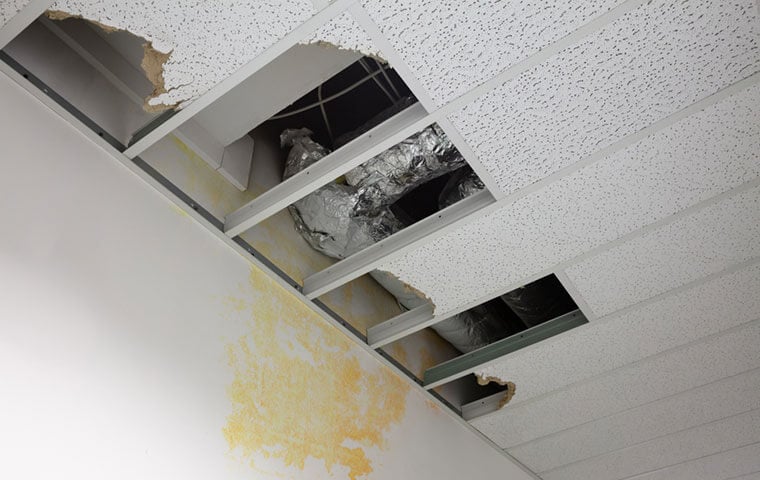 GSA: With no significant portfolio changes, the deferred maintenance backlog could exceed $20 billion within 5 years. Image: Andrey_Popov/Shutterstock.com
By: FEDweek Staff
GSA: With no significant portfolio changes, the deferred maintenance backlog could exceed $20 billion within 5 years. Image: Andrey_Popov/Shutterstock.com
By: FEDweek StaffDeferred maintenance and repairs at federally owned buildings increased by more than 35 percent in 2024 to above $6.1 billion and over the last five years has increased at an average of 27 percent, GSA has said.
“If this rate continues, and GSA continues to receive annual repair and alterations appropriation of $620 million, with no significant portfolio changes, the deferred maintenance backlog could exceed $20 billion within 5 years,” the agency said in a message to Congress, citing in particular “the growing backlog of critical building life-safety and infrastructure needs.”
GSA is one of several agencies that recently have released “budget justification” documents even though the White House still has not presented Capitol Hill with a full proposal for the fiscal year beginning October 1. The House Appropriations Committee nonetheless has begun crafting spending bills, with the first action expected soon on the general government appropriations bill, which funds the GSA and other central federal agencies.
The document once again points to years-long issue of underfunding for building repair and upkeep, which has been the subject of numerous reports in recent years from GAO and the GSA inspector general’s office warning of the resulting health, safety and security risks.
Said GSA, “To prevent further growth of the backlog, annual appropriations would need to exceed the rate at which deferred maintenance is accumulating, requiring more than $1.6 billion annually. GSA’s FY 2026 Capital Investment plan is focused on the reinvestment of [funding] needed for those properties that continue to generate the rent needed to sustain GSA’s federally owned inventory, and for which there is a long-term need, and to divest of underperforming, underutilized assets to shed assets with significant liabilities.”
Funding is to be concentrated on “essential infrastructure work and alterations necessary to position core facilities for long-term Federal occupancy. These investments are critical to allowing GSA to dispose of under-utilized buildings and move agencies into core facilities,” it says.
Referencing issues raised in reports on the condition of federal buildings, it requests funding for projects to “correct hazards and reduce risks to Federal Government personnel and the general public. They include “new HVAC, mechanical, electrical and plumbing systems, upgrades to improve building functionality and meet safety codes”; “life-safety concerns due to falling debris”; and “fire-protection and life-safety improvements to address outdated fire alarm and sprinkler systems.”
Shutdown Meter Ticking Up a Bit
Judge Backs Suit against Firings of Probationers, but Won’t Order Reinstatements
Focus Turns to Senate on Effort to Block Trump Order against Unions
TSP Adds Detail to Upcoming Roth Conversion Feature
White House to Issue Rules on RIF, Disciplinary Policy Changes
Hill Dems Question OPM on PSHB Program After IG Slams Readiness
See also,
How Do Age and Years of Service Impact My Federal Retirement
The Best Ages for Federal Employees to Retire
FERS Retirement Guide 2025 – Your Roadmap to Maximizing Federal Retirement Benefits

